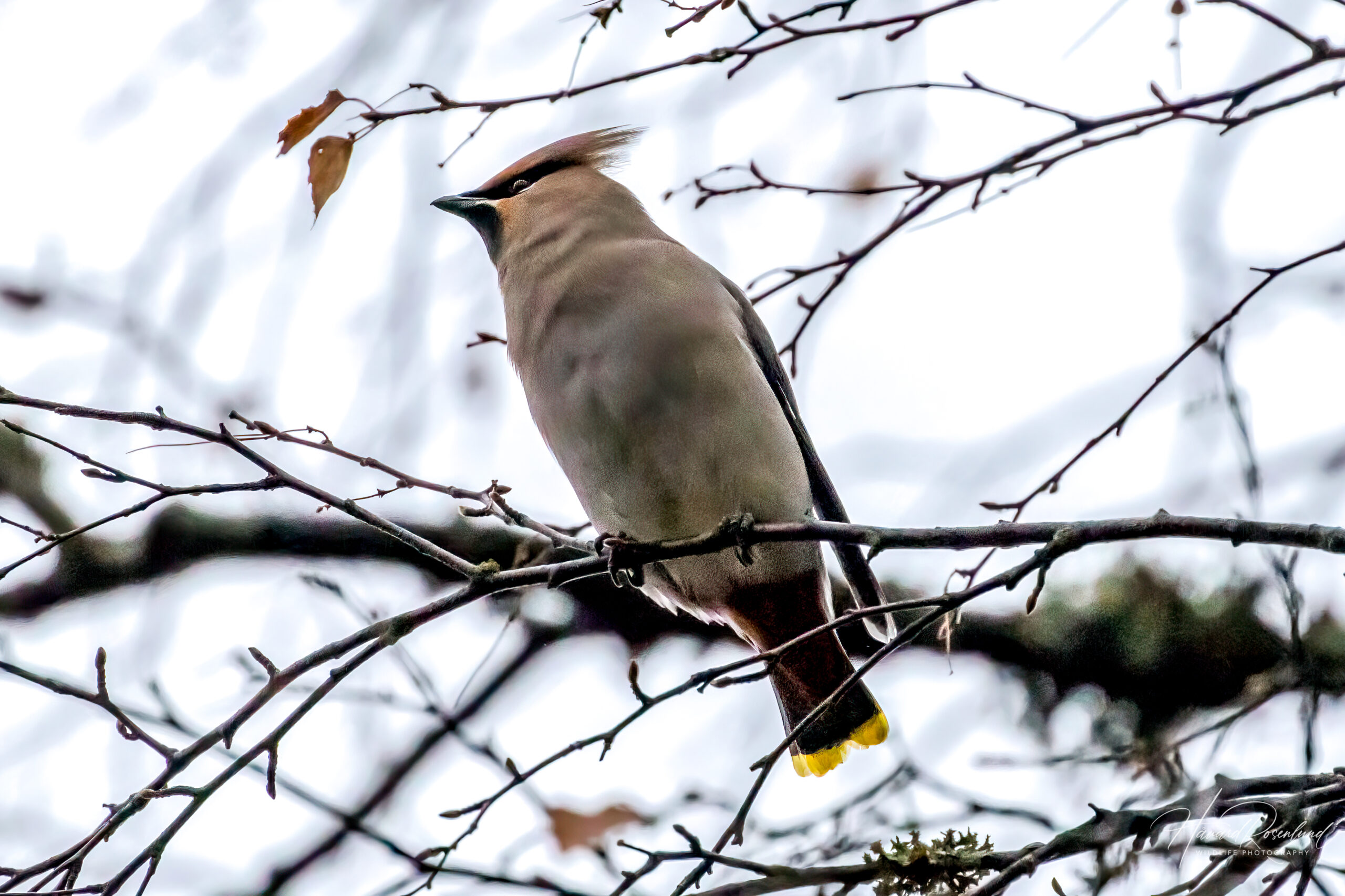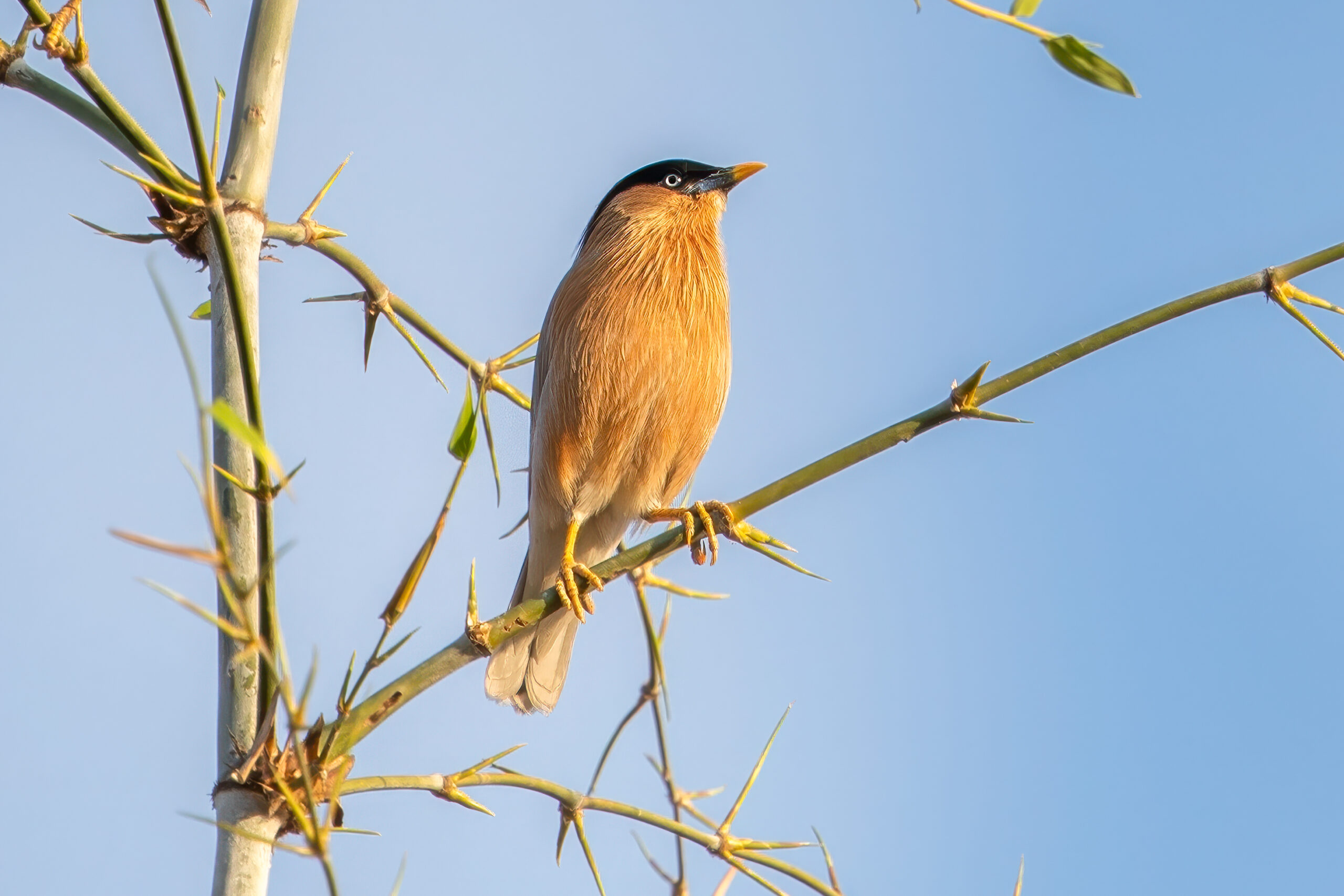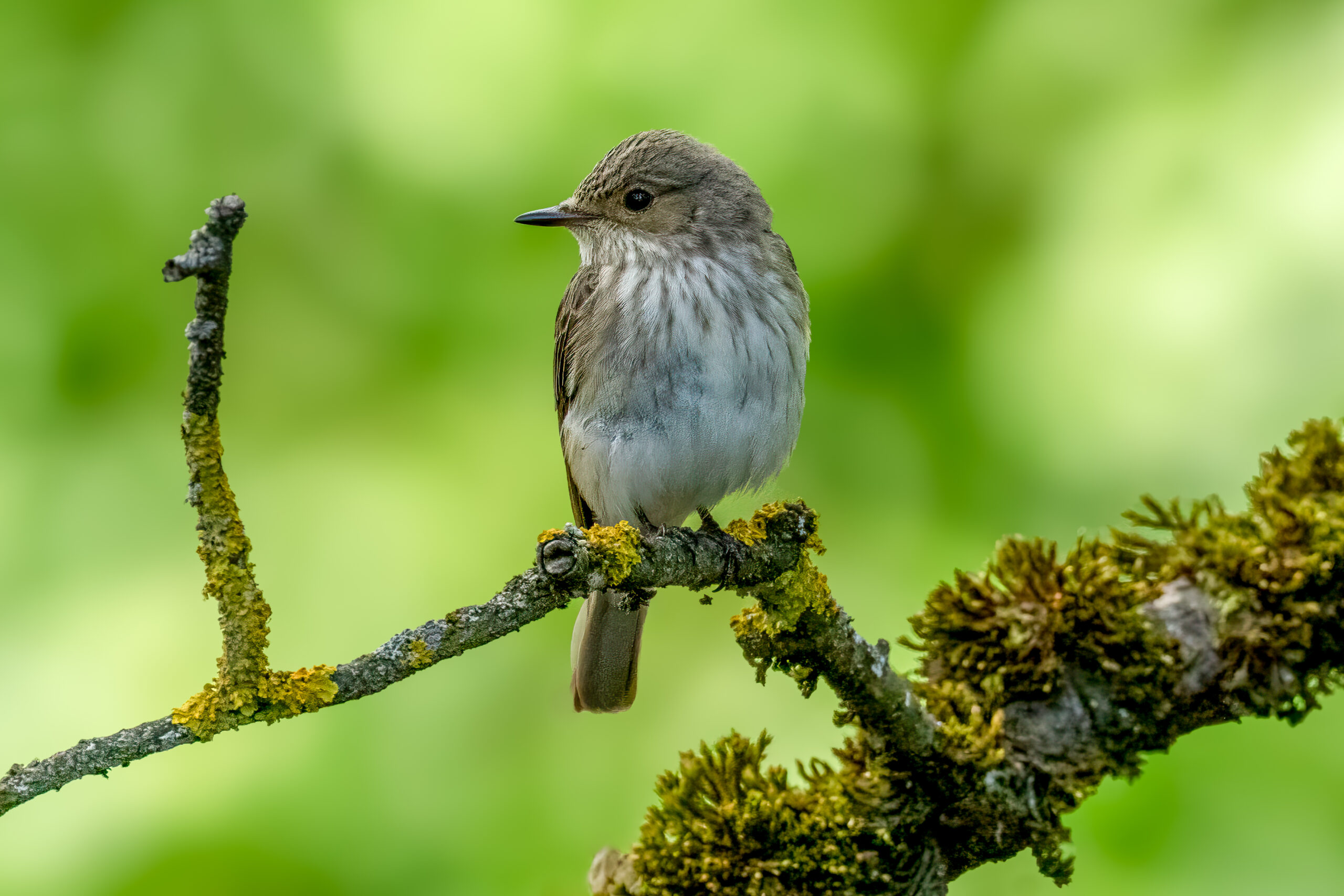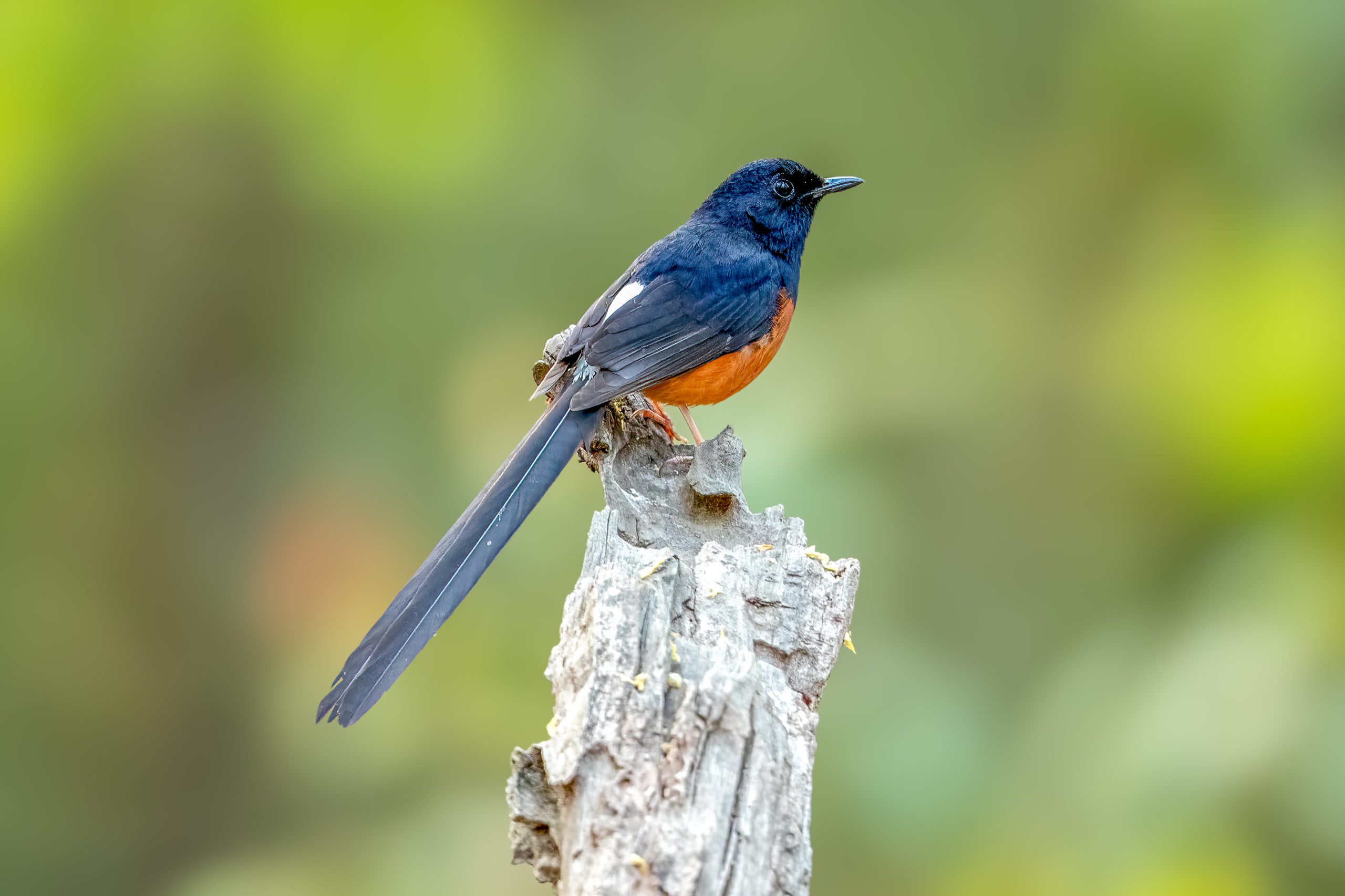Description
The Bohemian waxwing (Bombycilla garrulus) is a striking passerine bird with a breeding range that extends from the forest edges of Scandinavia, across northern Russia, to Alaska and northern Canada, making it a widespread species across the colder, boreal regions. It is known for its distinctive plumage and sociable behavior. Adult Bohemian waxwings have a length of about 18-21 cm (7-8.3 in) and weigh around 55 grams (1.9 oz). They are characterized by their soft, silky plumage, predominantly brownish grey color, with distinctive crested heads, black masks, and a high, thin whistling sound. Unlike its close relative, the cedar waxwing (Bombycilla cedrorum) in North America, Bohemian waxwings have rich rufous-colored under-tail coverts and distinctive yellow and white wing markings.
Diet & habitat
Their diet mainly consists of sugary fruit for most of the year. During the breeding season, Bohemian waxwings will also eat insects, which they catch with impressive agility. They have a particular affinity for berries from rowan and juniper trees. Found in boreal forests and during winter in open, wooded areas where berries are abundant, these birds adapt well to urban environments where ornamental berry trees are common. Their feeding habits can sometimes lead them to become intoxicated or even fatally poisoned by eating overripe berries that have started fermenting and producing alcohol.
Migration
Bohemian waxwings are irruptive migrants, meaning their migration is not yearly and predictable but rather occurs in response to the availability of their food sources. They travel in large, nomadic flocks and may move southward or stay put in their breeding range, depending on where there is an ample supply of berries. Their movement is thus more erratic compared to other bird species, and large flocks may appear suddenly in new areas searching for food.
Nesting
Bohemian waxwings breed in the northern forests across Scandinavia, Russia, Alaska, and Canada, with breeding season commencing in late spring to early summer. They nest in trees, with both males and females participating in building the nest, which is made of twigs, lined with softer materials like moss and feathers. A typical clutch consists of 4-6 eggs, which are incubated for about 13-14 days. The young fledge around 15-17 days after hatching but remain dependent on their parents for several weeks thereafter. Their breeding behavior is less well-documented than other aspects due to their remote and often inaccessible breeding habitats.
Status
The Bohemian waxwing is classified as least concern on the IUCN Red List, with an increasing population trend. They are widespread with a large range and population size. There are no immediate threats identified that could significantly impact their population numbers globally







